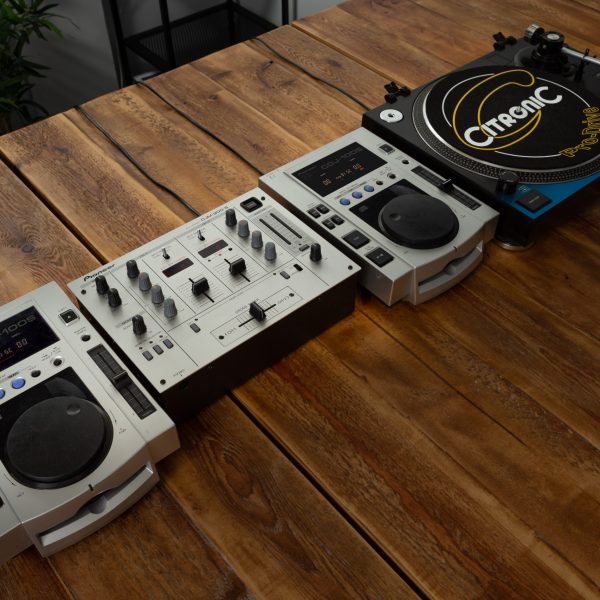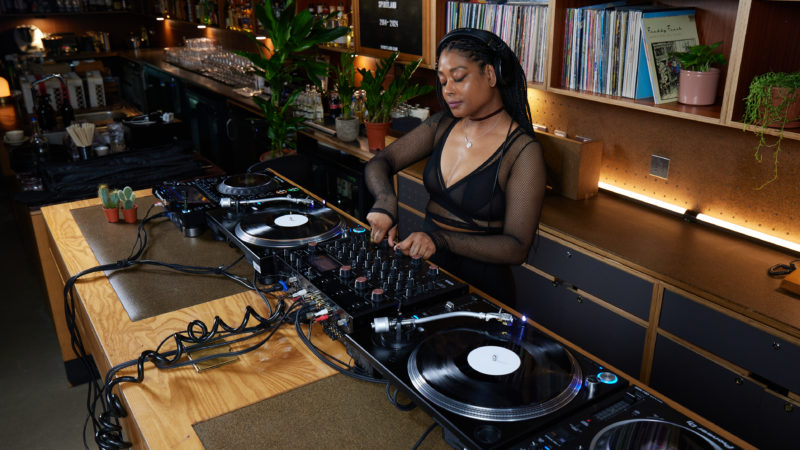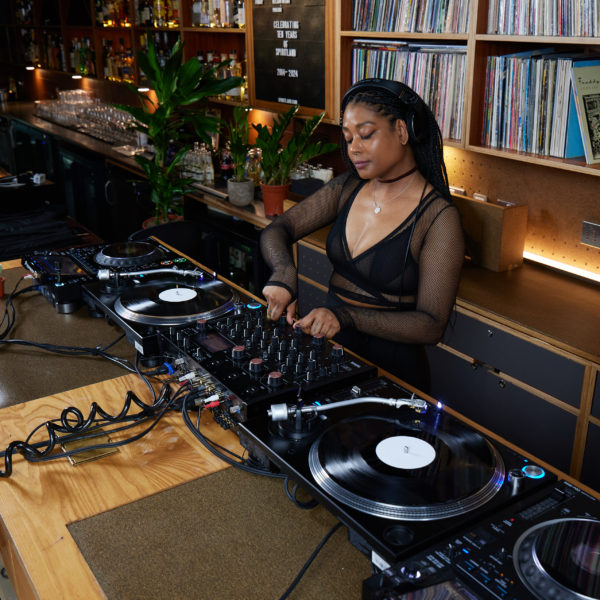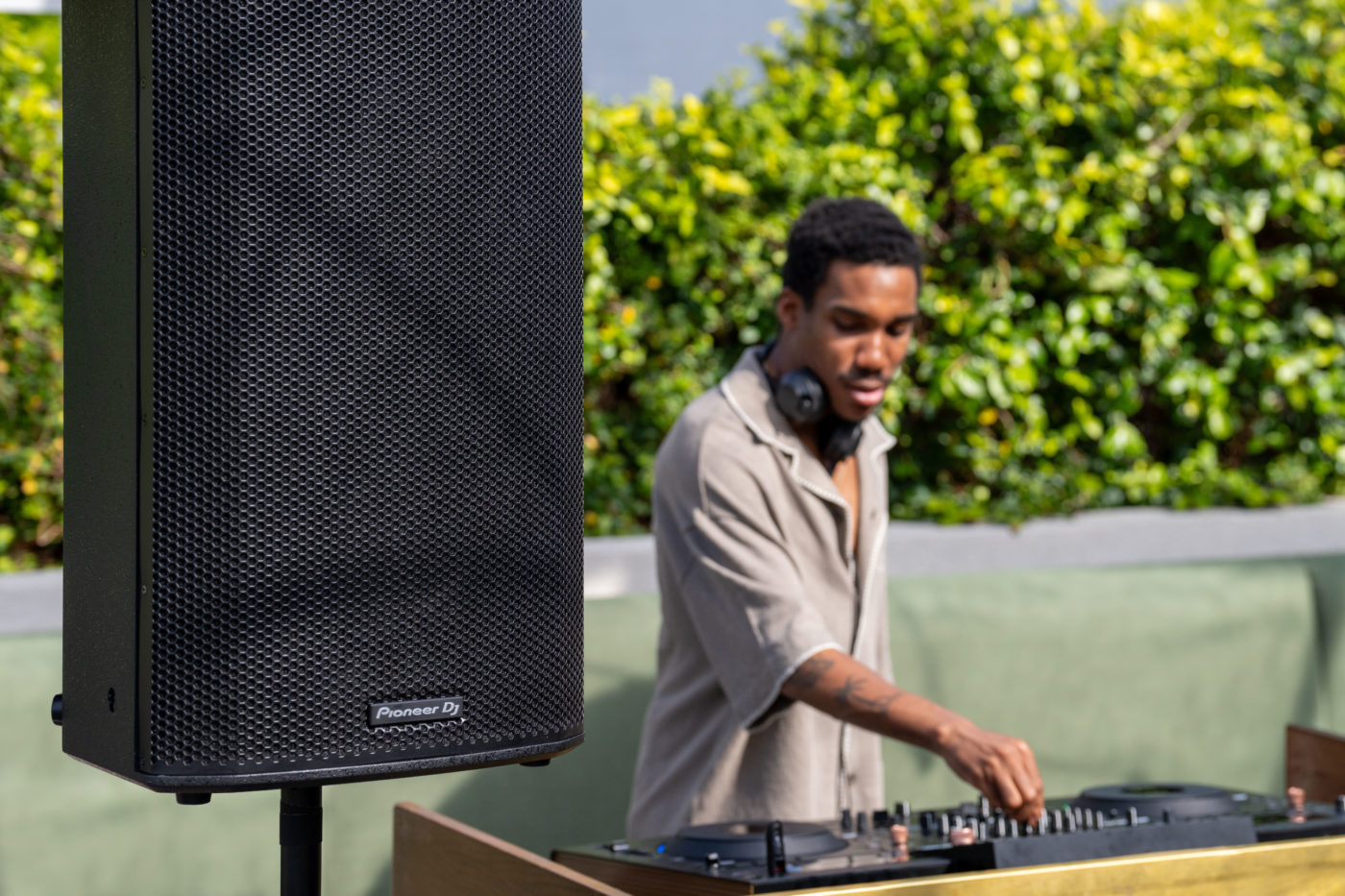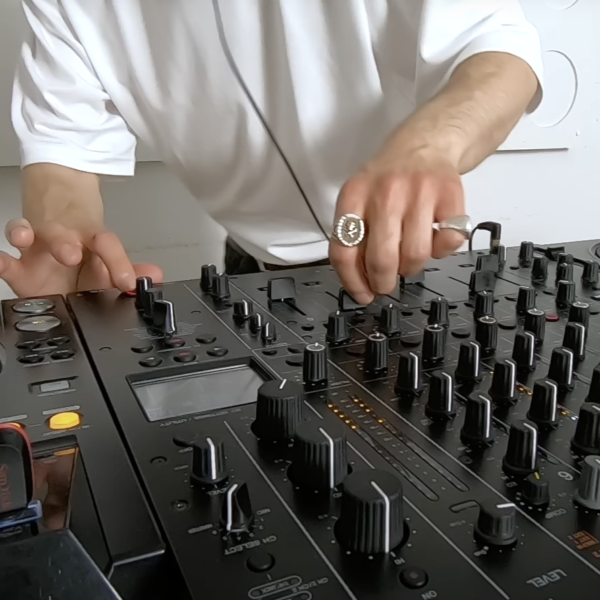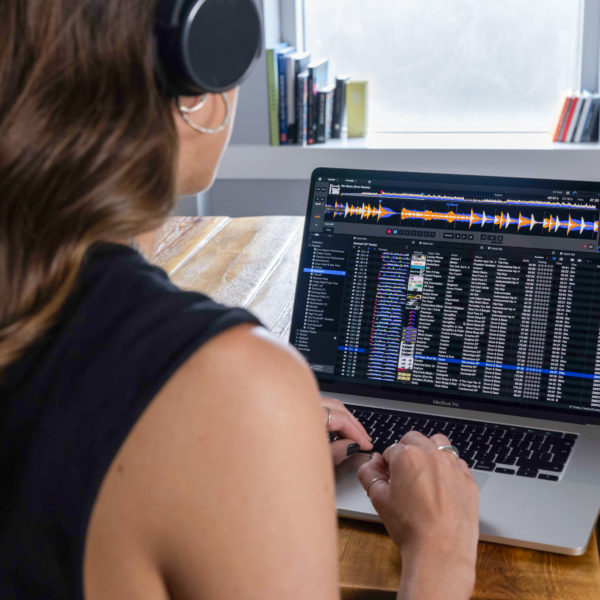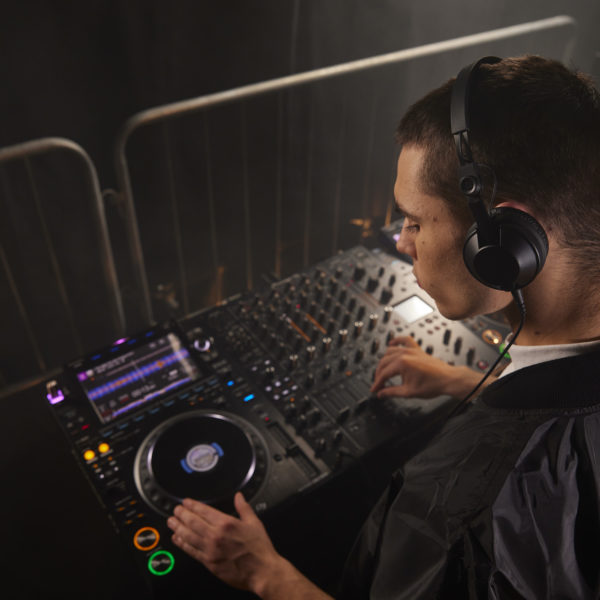Gauge the vibe
Once you get to the gig, your first step will be figuring out where on this spectrum you find yourself. You need to be prepared for anything, as no one, including the event organizer, can accurately predict conditions on the ground. To give one example: I was once booked to play an ambient set in the second room at a dub techno night. My little area turned out to be a packed, noisy bar where my subtle selections barely registered. A half hour or so into my set, a bartender asked when I planned to start playing. Despite the vibe of the party and the intentions of everyone involved, this was obviously an occasion for my USB folder called “BAR,” which I was very thankful to have.
You’ll need to keep gauging the vibe across the night. These spaces are even more dynamic than dance floors. A set ending in the next room can transform your chill-out room from an empty space with one guy passed out to a bustling party—albeit one where most people are sitting down. It can go the other way, too, with ambient music growing more and more appropriate as the party thins out and punters run out of steam. It can even happen that, as people get looser, they start grooving gently on your non-dance floor. After a night of refined IDM, it may come to pass that the perfect final track is, to use an example I once experienced, George Michael’s “Freedom ‘90.” Whatever happens, you should adapt to it without too much allegiance to whatever preconceived vision of the night you had.
Learn to tell a story
Even with no one dancing, you’ll still want your set to go somewhere, giving anyone listening closely a sense of the proverbial musical journey. In some ways, this is actually easier with background music than with a classic dance floor situation, in part because you have more room to play with. Practice moving through your crate in a way that’s dynamic and immersive, starting one place and ending up somewhere else, increasing and decreasing the energy, throwing in curve balls, even creating the background version of a big finish.
In an ideal scenario, you could start with an ultra-subtle drone or field recording, then gradually ease in melody and rhythm until you arrive, over the course of however many hours, at something groovy enough to dance to (dub, instrumental hip-hop, slo-mo house, whatever). In terms of genre, energy and emotion, that’s considerably more range than you’d get in a typical club set. Granted, the people you’re playing for may not be 100% tuned in. But more often than not they’ll notice if you’re really bringing something inspired, moderate volume be damned. (And, let’s be honest, it’s not like club DJs can count on having their crowd’s undivided attention.)
Mix without beatmatching
At some point in your set, you may land on a stretch of tunes where it makes sense to beatmatch and do club-style blends. Overall, though, in a setting that calls for eclectic selections, you’d be limiting yourself if you only played tracks close enough in tempo and style to be beatmatched. This can be both a blessing and an interesting challenge. For a club DJ choosing the next track, the need to beatmatch can be a crutch, as anything with a similar style and tempo will, in most cases, more or less work. For the background DJ, you need to suss out a more subtle connection between songs, and decide how to mix without purpose-built 16-bar outros. Most of this comes down to familiarity with your tracks. If you know them well enough, you’ll sense instinctively that one will nicely follow another, and when and how to move between them.
If you’re mixing tracks with different keys and tempos, the best transition is often just a radio-style fade-out: lower the fader on one track smoothly and steadily, then start the new one on the one-beat of the old one. If you’re mixing between tracks that don’t have discernible rhythms, you can blend them easily and ambitiously, using filters or EQs to weave them into each other, layering one on top of the other, or moving back and forth between them. This is especially easy if at least one of the tracks is a textural composition without any melody.
If both tracks are more musical, you’ll ideally mix in key, a technique we’ve written about here before, but which, it bears repeating, can be done purely with preparation and the right software (including rekordbox) and no musical training. That said, if you want to mix like an old-school ambient DJ, you can turn off master tempo and adjust the pitch to match the keys of two beatless pieces. (Definitely practice that one at home first.)
